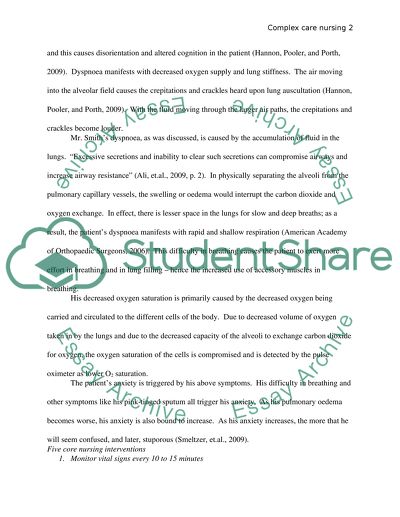Cite this document
(“Pathophysiology of Acute Pulmonary Oedema Essay”, n.d.)
Retrieved from https://studentshare.org/nursing/1414804-complex-care-nursing
Retrieved from https://studentshare.org/nursing/1414804-complex-care-nursing
(Pathophysiology of Acute Pulmonary Oedema Essay)
https://studentshare.org/nursing/1414804-complex-care-nursing.
https://studentshare.org/nursing/1414804-complex-care-nursing.
“Pathophysiology of Acute Pulmonary Oedema Essay”, n.d. https://studentshare.org/nursing/1414804-complex-care-nursing.


